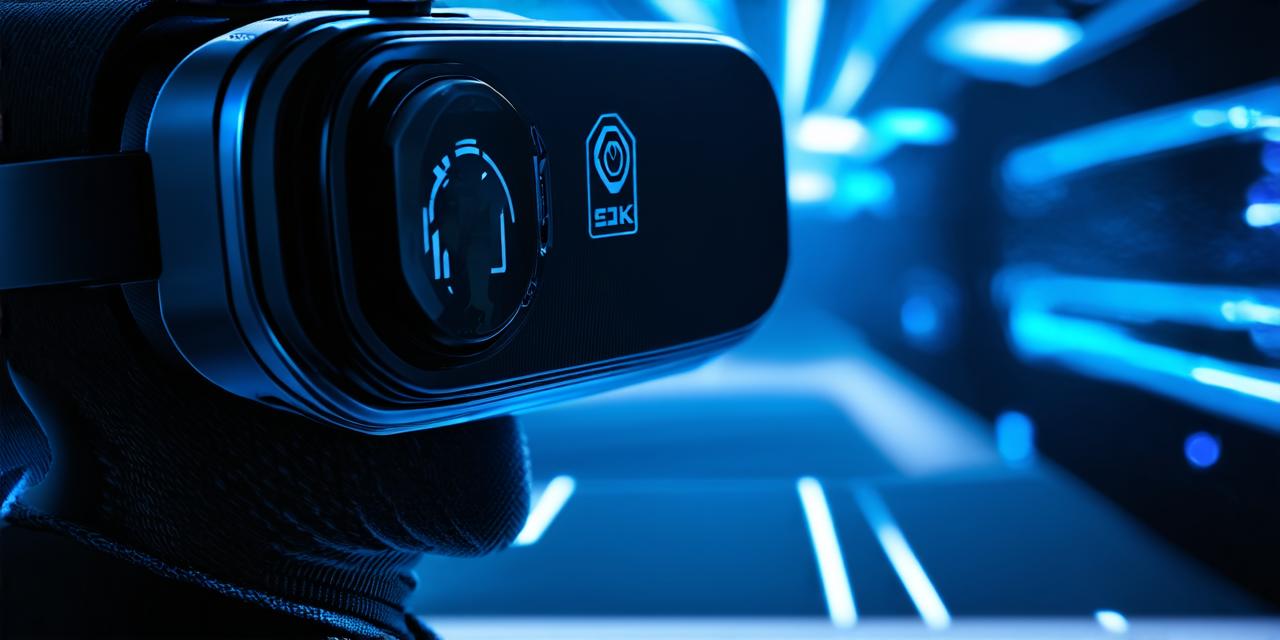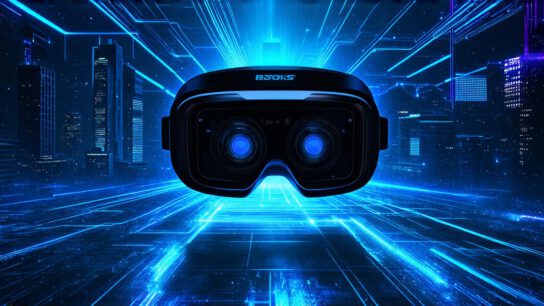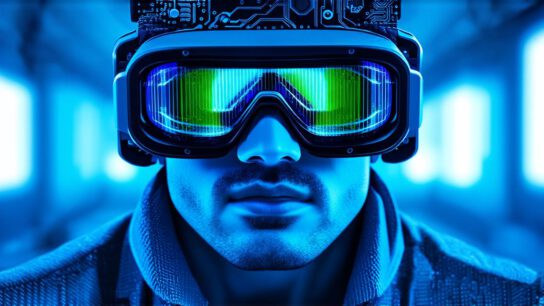Introduction: What is Virtual Reality Technology?
Virtual reality (VR) technology refers to a computer-generated simulation of a 3D environment that can be interacted with using specialized devices such as headsets, gloves, or controllers. VR allows users to experience immersive and interactive environments that simulate real-world experiences or create entirely new ones.
Global Impact of Virtual Reality Technology:
The global impact of VR technology can be seen across various industries, including gaming, education, healthcare, and more. Here are some of the most significant ways in which VR technology is shaping our world:
1. Gaming:
Virtual reality has revolutionized the gaming industry, offering players an immersive and interactive experience that was previously unimaginable. With VR technology, players can step into their favorite games and become a part of the action.
2. Education:
Virtual reality technology has significant potential in the education sector, offering students an immersive and interactive learning experience that can help them to better understand complex concepts. For example, VR simulations can be used to teach students about history, geography, biology, and more.
3. Healthcare:
Virtual reality technology is being used in healthcare to treat various conditions, including anxiety disorders, PTSD, and chronic pain. For example, VR therapy can be used to expose patients to their fears in a controlled environment, helping them to overcome phobias and anxiety. VR technology can also be used to simulate surgical procedures, allowing doctors to practice complex operations before performing them on real patients.
4. Real Estate:
Virtual reality technology has transformed the real estate industry, allowing buyers and sellers to experience properties in a more immersive way. For example, VR headsets can be used to tour properties remotely, giving buyers a better idea of what the property looks like and how it feels before making an offer. VR technology can also be used to design and visualize new properties, helping architects and developers to create more realistic and accurate designs.
Exciting Applications of Virtual Reality Technology:
Virtual reality technology has numerous exciting applications that are set to change the way we live, work, and interact with each other. Here are some of the most innovative and cutting-edge applications of VR technology:
1. Architecture:
Virtual reality technology is being used in architecture to create more realistic and accurate designs. With VR, architects can visualize their designs in a 3D environment, allowing them to make changes and adjustments in real-time.
2. Travel:
Virtual reality technology is revolutionizing the travel industry, allowing people to explore destinations in a more immersive way. For example, VR headsets can be used to take virtual tours of hotels, restaurants, and attractions, giving people a better idea of what the destination looks like before they book their trip.
3. Training:
Virtual reality technology is being used for training purposes in various industries, including aviation, military, and emergency services. For example, VR simulations can be used to train pilots to fly in different weather conditions and scenarios, allowing them to be better prepared for real-life situations. VR technology can also be used to train soldiers in combat scenarios, helping them to develop their skills and prepare for battle.
4. Art and Design:
Virtual reality technology is being used in art and design to create more immersive and interactive experiences. For example, artists can use VR headsets to create virtual art installations that can be experienced by people from around the world. Similarly, designers can use VR technology to create more realistic and accurate product prototypes, allowing them to test and refine their designs before they go into production.
Real-Life Examples of Virtual Reality Technology:
Virtual reality technology has already had a significant impact in various industries, and its potential is only set to grow. Here are some real-life examples of how VR technology is being used:
1. Gaming:
One of the most well-known applications of VR technology is in gaming. For example, the popular video game “Beat Saber” was developed using VR technology, allowing players to use virtual reality headsets to experience an immersive and interactive gaming experience.
2. Education:
Virtual reality technology is being used in education to create more immersive and interactive learning experiences. For example, the “Anatomy Jones” app uses VR technology to teach students about human anatomy by allowing them to explore a virtual body in 3D.
3. Healthcare:
Virtual reality technology is being used in healthcare to treat various conditions, including anxiety disorders, PTSD, and chronic pain. For example, the “WaveVR” headset was developed specifically for use in therapy, allowing patients to experience immersive and controlled environments that can help them to overcome their fears.
4. Real Estate:
Virtual reality technology is being used in real estate to allow buyers and sellers to experience properties in a more immersive way. For example, the “Matterport” app uses VR technology to create 3D scans of properties, allowing people to explore them remotely.
FAQs:
Here are some frequently asked questions about virtual reality technology:
1. What is virtual reality technology?
Virtual reality technology refers to a computer-generated simulation of a 3D environment that can be interacted with using specialized devices such as headsets, gloves, or controllers.
2. How does virtual reality work?
Virtual reality works by presenting users with a computer-generated simulation of a 3D environment that they can interact with using specialized devices such as headsets, gloves, or controllers. The technology uses sensors and tracking systems to track the movements of the user, allowing them to move within the virtual environment in real-time.
3. What are the applications of virtual reality?
Virtual reality has numerous applications across various industries, including gaming, education, healthcare, and more. It is also being used for training purposes in aviation, military, and emergency services.
4. What are some real-life examples of virtual reality technology?
Some real-life examples of virtual reality technology include the “Beat Saber” video game, the “Anatomy Jones” app, the “WaveVR” headset, and the “Matterport” app.
Summary:
Virtual reality technology has already had a significant impact in various industries, and its potential is only set to grow. As the technology continues to advance, we can expect to see even more exciting and innovative applications of virtual reality in the future. Whether you’re a gamer, an artist, or someone who just loves exploring new experiences, virtual reality has something for everyone.



